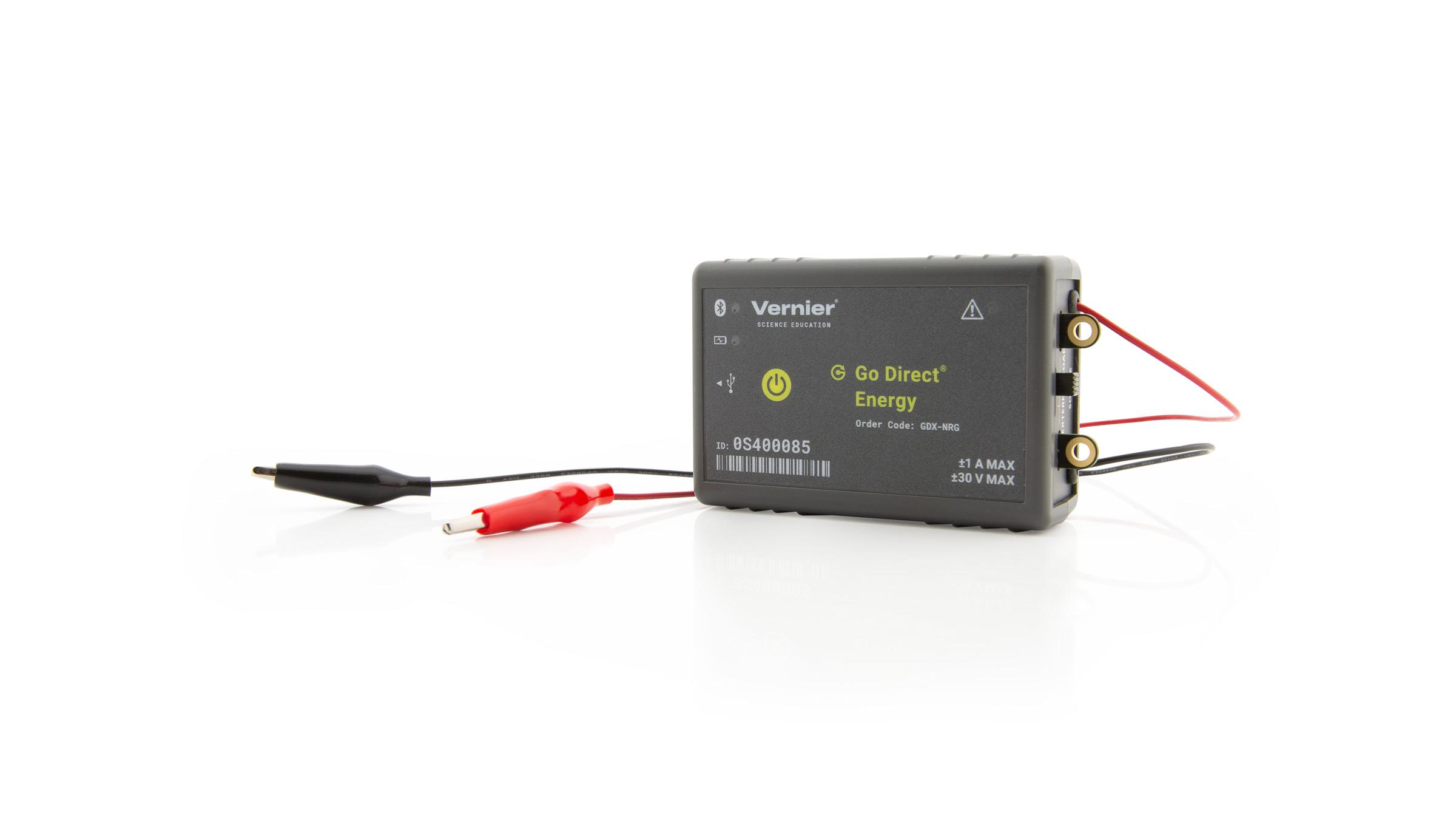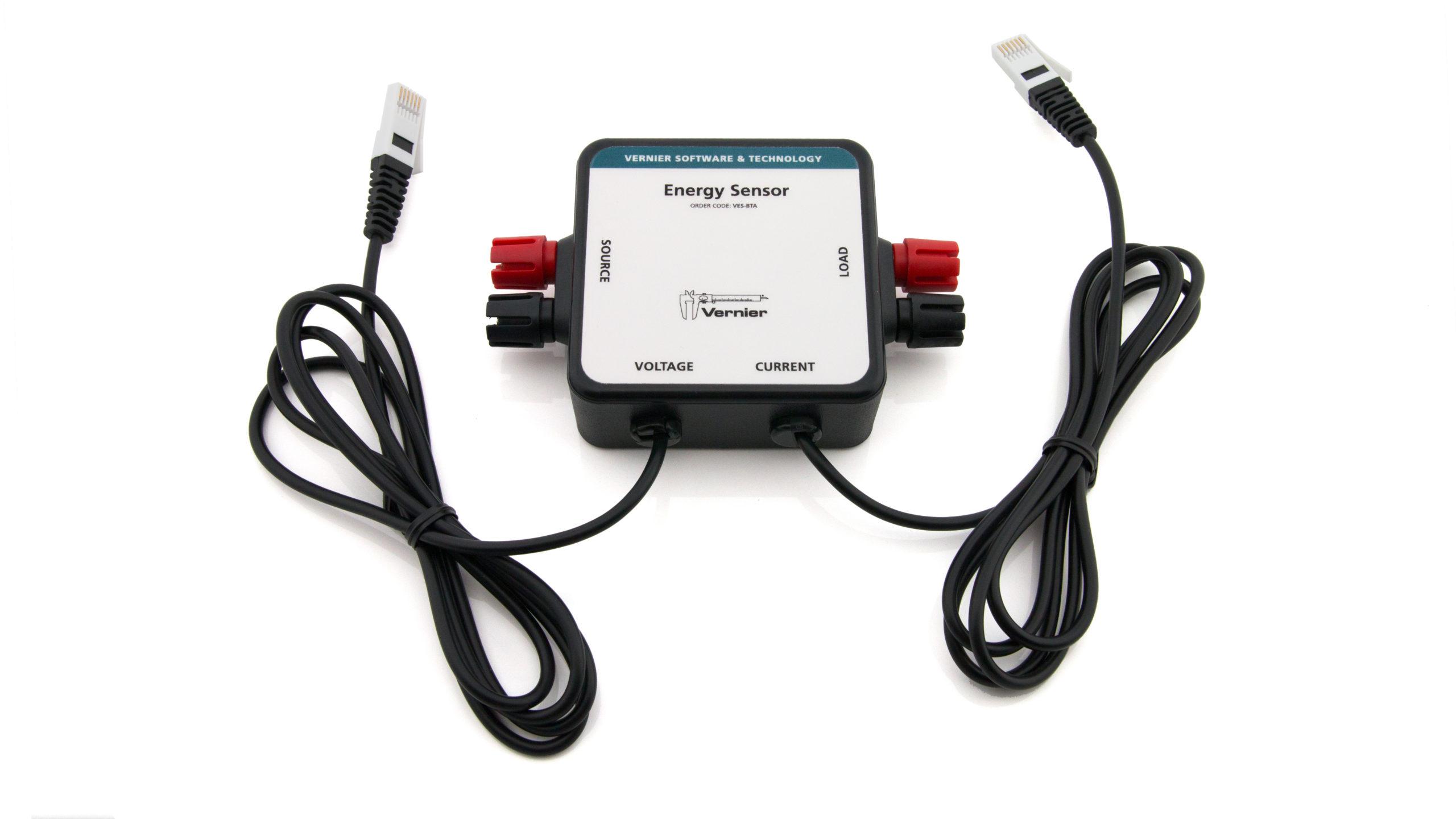Pumping Water with Solar Energy
Experiment #8 from Investigating Solar Energy
- Education Level
- Elementary School

Introduction
When most of us want to get a drink of water or water plants in our backyard, we simply go to a faucet, turn the handle, and out flows the water. Some of us depend on well water, and fortunately, a lot of wells have electric pumps to allow the water to flow easily into the plumbing in our homes. Farmers also have easy access to water that is pumped to their fields in order to water crops.
However, in many places in the world, getting water is not so easy. Some people have to travel long distances to a well, use a hand or foot pump to pump the water, and then carry the water in containers back to their home. In some cases, electric pumps are available, but the supply of electricity is unreliable. Diesel-fueled water pumps are also used, but they are expensive, break down often, and are not environmentally friendly. Many people who live with these water challenges are farmers and families who earn only a few dollars a day. Therefore, it is critical to have affordable and reliable access to enough water for growing crops, drinking, and bathing. So, what’s a good solution?
Fortunately, advances in solar energy are creating new methods of obtaining water and irrigating crops. Electric water pumps can be powered with solar panels instead of using electricity that is supplied by unreliable sources. Equally important, new ideas are making it possible to construct solar-powered water systems more cheaply than using other methods to create electricity.
In this experiment, you will construct a solar fountain using a water pump and solar panels. You will use your experience with the solar energy experiments in this book to design, test, and then optimize a solar fountain that generates the greatest amount of water flow.
Objectives
- Set up the data-collection equipment.
- Measure the power usage of the small water pump with a Vernier Energy Sensor.
- Use data-collection software to calculate mean (average) values.
- Use data-collection software to determine maximum values.
- Compare water pump power usage vs. number of solar panels.
- Measure water flow efficiency vs. number of solar panels.
Sensors and Equipment
This experiment features the following sensors and equipment. Additional equipment may be required.
Ready to Experiment?
Ask an Expert
Get answers to your questions about how to teach this experiment with our support team.
- Call toll-free: 888-837-6437
- Chat with Us
- Email support@vernier.com
Purchase the Lab Book
This experiment is #8 of Investigating Solar Energy. The experiment in the book includes student instructions as well as instructor information for set up, helpful hints, and sample graphs and data.





